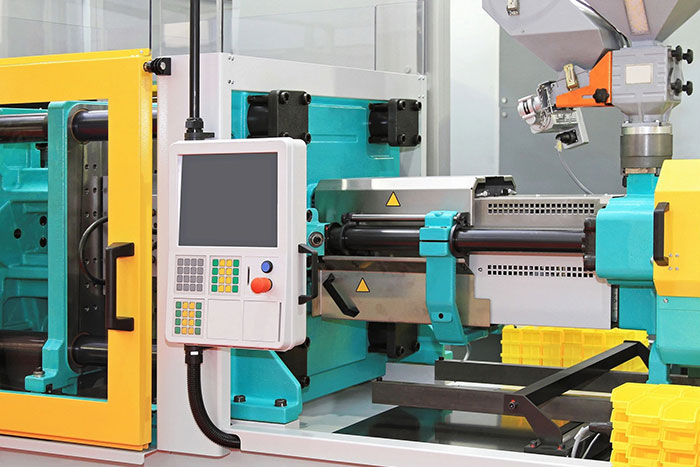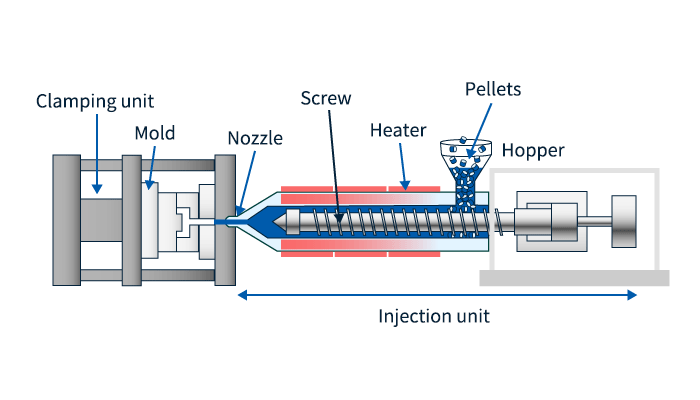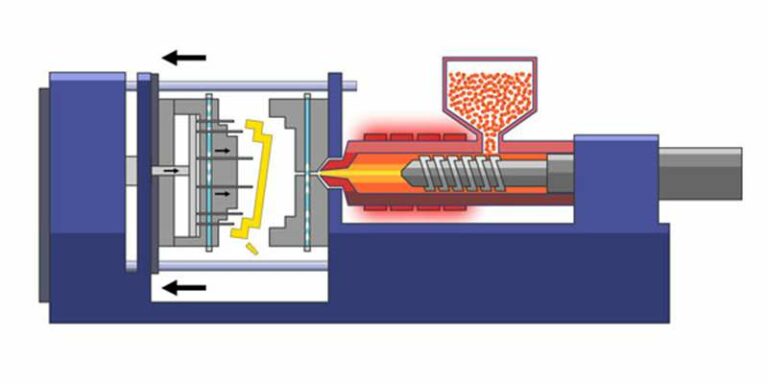Understanding the Plastic Injection Molding Refine for High-Quality Production
Understanding the Plastic Injection Molding Refine for High-Quality Production
Blog Article
Recognizing the Basics of Plastic Injection Molding Processes
Plastic injection molding serves as a foundation of contemporary manufacturing, providing a systematic approach to producing intricate elements with precision. Checking out these crucial components could disclose exactly how even minor changes can lead to substantial renovations in production outcomes, raising questions concerning the capacity for advancement in this well established process.
What Is Plastic Injection Molding?
Plastic shot molding is a widely made use of manufacturing procedure that changes thermosetting and polycarbonate materials right into exact and complex shapes. This technique is favored for its capability to create high volumes of similar components with extraordinary precision, making it a vital approach in different industries, including auto, customer goods, and medical tools.
The process entails thawing the chosen plastic material and infusing it right into a mold under high pressure. The mold, made to the specifications of the preferred part, enables the liquified plastic to form as it cools and solidifies. As soon as the material has solidified, the mold and mildew is opened up, and the completed part is expelled.
Plastic shot molding provides numerous benefits, consisting of reduced waste, uniformity in manufacturing, and the capacity to include detailed designs that might be challenging with other manufacturing approaches. Additionally, it supports a broad range of products, each providing distinct homes that can be customized for certain applications. As markets remain to introduce, plastic shot molding continues to be at the forefront, enabling the advancement of advanced products that meet advancing customer needs.
The Injection Molding Process
The injection molding process is a sophisticated technique that involves a number of essential stages to produce top notch plastic parts. Originally, plastic pellets are fed right into a heated barrel where they are merged a thick liquid. This molten plastic is then injected under high pressure right into a precision-engineered mold and mildew, which forms the product into the desired form.
Once the mold and mildew is loaded, the plastic is enabled to cool and solidify, taking the shape of the mold cavity. Cooling time is critical, as it affects the cycle time and the final properties of the shaped part. After enough air conditioning, the mold opens up, and the completed element is ejected making use of ejector pins.

Products Made Use Of in Shot Molding
Numerous products can be made use of in the shot molding procedure, each offering one-of-a-kind residential properties that deal with specific applications. One of the most frequently made use of products consist of thermoplastics, thermosetting plastics, and elastomers.

Thermosetting plastics, like epoxy and phenolic materials, go through a chemical change during the healing process, resulting in a stiff, stringent structure. These materials are suitable for applications requiring high warm resistance and architectural integrity, typically used in electrical insulators and vehicle components.
Elastomers, consisting of silicone and rubber-based products, offer flexibility and strength. Their one-of-a-kind residential properties make them suitable for applications that demand elasticity, such as seals and gaskets.
Furthermore, specialized materials like bio-based plastics and composites are acquiring traction for their ecological advantages and enhanced performance qualities, broadening the scope of injection molding applications in different sectors. Comprehending the buildings of these materials is essential for selecting the suitable kind for specific projects.
Advantages of Injection Molding
Injection molding stands out as a very efficient production procedure that supplies countless benefits for creating go complicated parts with precision. One of one of the most substantial benefits is the capability to produce intricate designs that would be impossible or challenging to accomplish with various other techniques (Plastic Injection Molding). The process allows for tight resistances and in-depth features, guaranteeing top quality components
Furthermore, injection molding is known for its quick production capacities, making it an excellent selection for high-volume manufacturing. Once the mold is created, components can be created quickly, reducing lead times and increasing general productivity. This efficiency not only reduces production expenses yet additionally supplies an one-upmanship out there.
The convenience of materials utilized in shot molding further enhances its allure. A variety of thermoplastics and thermosetting polymers can be utilized, permitting makers to choose materials that finest fulfill their certain requirements, consisting of warm, flexibility, and toughness resistance.
Moreover, the procedure reduces waste, as excess product can often be recycled and recycled. This sustainability facet contributes to a lowered environmental impact, making shot molding an accountable production option. In general, the advantages of shot molding make it a preferred technique for lots of markets.
Elements Impacting Item Quality
While numerous factors can influence product high quality in shot molding, recognizing these components is vital for achieving optimum results. Key facets consist of product option, refining criteria, and mold and mildew design.
Material selection plays a crucial duty, as different polymers exhibit one-of-a-kind residential or commercial properties that impact flowability, strength, and thermal security. Inadequate material choice can result in problems such as warping or incomplete filling.
Handling specifications, including cycle, stress, and temperature time, have to be carefully controlled. Variations in these setups can cause disparities partly measurements and surface finish. As an example, exceedingly heats might cause degradation of the polymer, while inadequate stress can cause short shots.
Mold style is equally crucial, as it figures out the flow of the molten plastic and the cooling process. Improperly created molds might result in uneven air conditioning prices, causing dimensional errors and recurring stress and anxieties.

Verdict
Finally, plastic shot molding works as an important manufacturing process that makes get more it possible for the efficient production of top quality parts. Mastery of the shot molding procedure, consisting of the understanding of materials and the impact of different factors on product quality, is crucial for accomplishing optimum outcomes. The benefits of this approach, such as cost-effectiveness and design flexibility, more underscore its importance throughout numerous sectors, solidifying its status as a recommended choice for high-volume manufacturing.
Plastic injection molding offers as a foundation of modern manufacturing, giving a methodical technique to creating complex parts with precision.Plastic injection molding provides several benefits, including reduced waste, uniformity in production, and the capacity to integrate elaborate styles that might be challenging with other manufacturing techniques (Plastic Injection Molding). As markets proceed to introduce, plastic injection molding continues to be at the center, enabling the development of sophisticated products visit this site right here that fulfill developing consumer needs
The shot molding process is an advanced strategy that entails a number of key stages to generate high-grade plastic components.In verdict, plastic injection molding serves as an important manufacturing process that allows the efficient production of premium components.
Report this page